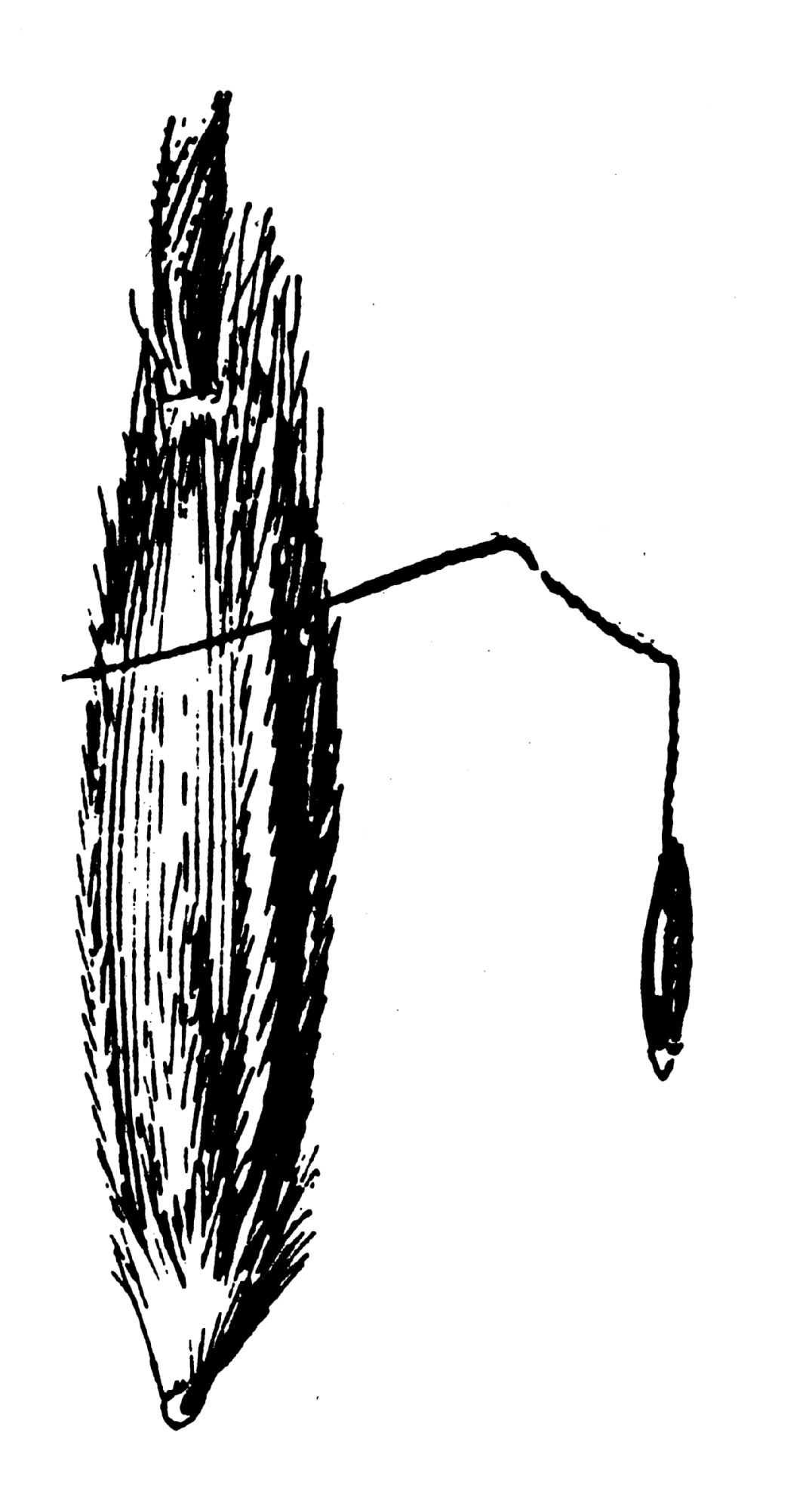|
|
 Spikelets USDA-NRCS PLANTS Database / Hitchcock, A.S. (rev. A. Chase). 1950. Manual of the grasses of the United States. USDA Miscellaneous Publication No. 200. Washington, DC. | | | | | |
|
| | |
Origin: Native Season: Cool
Habitat Description: Dry sunny slopes, grasslands, savannas, openings within pine woodlands and upland prairies.
Plant Communities:Desert Scrub, Interior Chaparral, Semidesert Grasslands, Pinyon Juniper Woodland, Montane Conifer Forest
Elevation: Below 7500 feet
Desc:
Densely tufted grass, spreading to upright, with seedhead stems that are 8 to 30 inches high. Leaf blades are often blue-green in color. The seedhead is pale or purplish in color.
Identification Notes: Spikelets are narrow, branches appressed; awns are usually less than 1 inch long, somewhat twice-bent and straight at their terminal; lemma apex hairs are longer than other lemma hairs; blades are narrow, 2 to 8 inches long and in-rolled and form a tuft.
Grass Type: Perennial bunchgrass Rhizomes: N Stolons: N
Large Dense Clump (> 2 feet): N Bushy (highly branched): Y
Height with Seedheads: 24 to 36 inches
Seedhead Structure: Branched - contracted Seedhead Droops: N
Flowering Period: May - Jun
Number of Flowers per Spikelet: One-flowered Spikelets One-sided: N
Awns: 1/4 inch to 1 inch Three Awns: N Awns Bent: Y
Flower and Seedhead Notes: The seedhead is spike-like and narrow, 2-1/2 to 8-1/2 inches long and about 1/2 inch wide.
Blade Hairy:
Y
Blade with White Margins:
N
Blade Cross section:
Flat or folded
Blade Notes:
Basal blades are less than 1/16 inch wide, folded to rolled, bottom surfaces smooth, hairless, top surfaces prominently ribbed, often with very short hairs, sometimes hairless; upper blades are to 1/8 inch wide, otherwise similar to the basal blades.
Sheath Hairy:
Y
Tuft of Hairs at top of Sheath or Collar:
Y
Ligules:
Membranous
Auricles (Ear-like lobes at collar area:
N
Forage Value:
Has good palatability for deer, sheep and cattle.
|
|